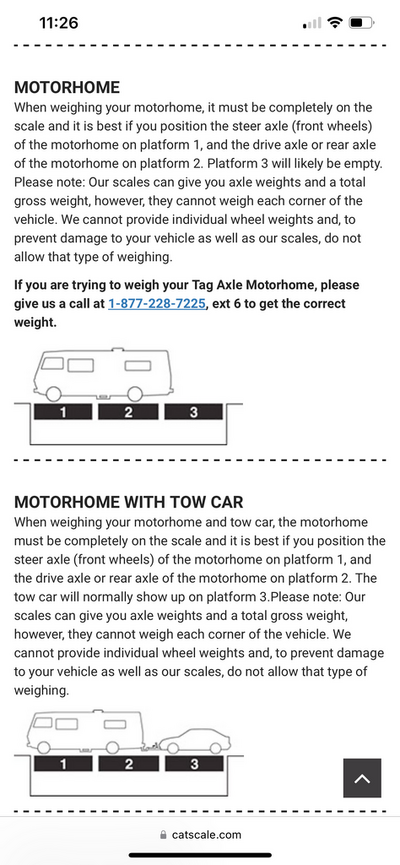Davidkallan989
New member
New to motorhomes, but experienced campers, towed and camped with TTs for years.
Our Sightseer seems to have a little “lean” to the right and IMHO seems to sway and rock quite a bit.
FYI - My brother in-law owns a newer model Sightseer and the gap from his rear tires to the whelk well is 2-3” less than our 2012 Sightseer model 35J.
Thoughts
Our Sightseer seems to have a little “lean” to the right and IMHO seems to sway and rock quite a bit.
FYI - My brother in-law owns a newer model Sightseer and the gap from his rear tires to the whelk well is 2-3” less than our 2012 Sightseer model 35J.
Thoughts

